Kitchens may be full of timeless recipes, but your pantry can accidentally double as a time capsule. From outdated packaging to once-trendy ingredients that have fallen out of favor, some items are subtle clues your kitchen hasn’t been updated in years. And while you might not notice them, houseguests—and especially potential homebuyers—definitely do. Here are 12 common pantry offenders that quietly age your space.
1. Canned Veggies with Pull Tabs from the 90s
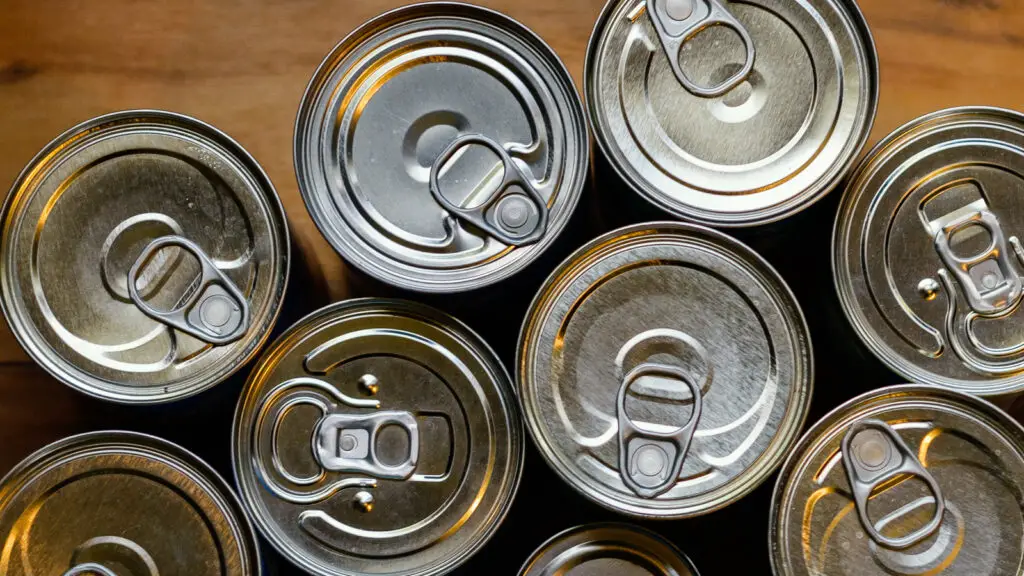
Cans with old-school pull tabs or faded labels aren’t just unattractive—they’re a dead giveaway of how long they’ve been hanging around. According to The Kitchn, canned vegetables generally last two to five years, but many people hold onto them far beyond that. Even if they’re still “safe,” the vintage design and wear signal a pantry stuck in the past. A peek at the expiration date will usually confirm the suspicion.
Modern pantry organization tends to favor bulk storage or fresher alternatives like frozen or vacuum-sealed produce. When guests see a dusty can of corn with a label design from two rebrands ago, they notice. Even more so if your other food items are organized neatly—these old-timers stick out like a sore thumb. Tossing them makes your kitchen feel instantly more current and cared for.
2. Hydrogenated Shortening Tubs
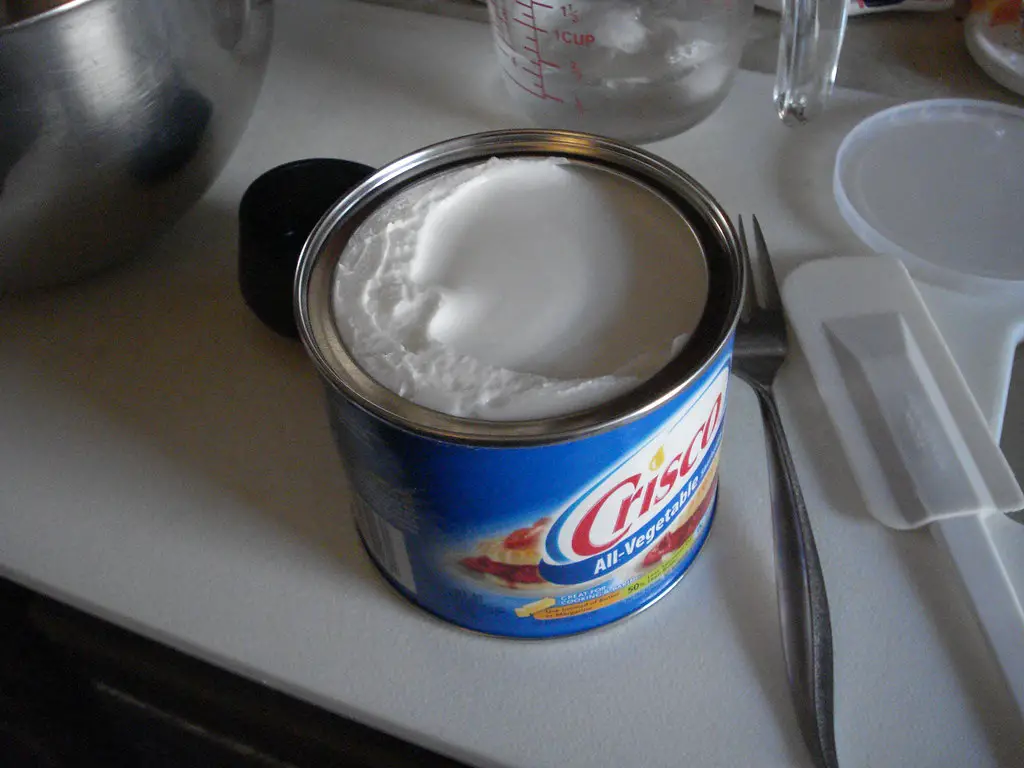
Hydrogenated oils have been on the outs for years, and for good reason. As noted by the FDA, trans fats like those found in old-school vegetable shortening were officially deemed unsafe in 2015, prompting a massive shift in food labeling and consumer habits. Still, many households have an old tub of Crisco or off-brand shortening lurking behind the flour. If it’s not expired, it’s likely close—and either way, it dates your pantry.
Modern cooks tend to opt for olive oil, avocado oil, or even butter as healthier alternatives. The presence of traditional shortening not only signals an older kitchen style but also outdated cooking habits. Even if you rarely bake, it gives off “grandma’s kitchen” vibes—not always in a flattering way. A pantry refresh is the perfect excuse to let it go.
3. Giant Jars of Iodized Salt

Once a pantry staple, massive containers of iodized salt have fallen out of favor in recent years. According to Bon Appétit, chefs and home cooks alike now prefer kosher salt or flaky sea salt for their flavor and texture. That classic blue cylindrical Morton container still gets the job done, but it screams utilitarian and outdated. It’s one of the first things that makes a pantry feel behind the times.
These days, salt is stored in sleek jars or cellars, and often used as both a finishing and functional ingredient. A pantry full of modern salts like Himalayan pink, smoked sea salt, or flaky Maldon makes a completely different impression. That giant iodized tub doesn’t just look clunky—it signals a time when we weren’t picky about our seasoning. It’s a small shift that makes a big aesthetic difference.
4. Flavored Instant Oatmeal Packets

While they once ruled the breakfast shelf, flavored instant oatmeal packets are quickly becoming a relic. As reported by Forbes, consumers are moving toward customizable, clean-label breakfast options like overnight oats and whole grains. The brightly colored boxes with artificial flavors and sugary mixes now stand out for the wrong reasons. They represent a convenience-first approach that many modern shoppers are trying to move past.
In a pantry full of glass jars, whole foods, and thoughtfully chosen staples, these packets feel out of place. They’re bulky, overly processed, and not exactly pantry-chic. Even if you still love them (no judgment!), storing them in a more minimal container can help. Or better yet—consider switching to oats you can dress up yourself.
5. Packets of Artificial Sweetener
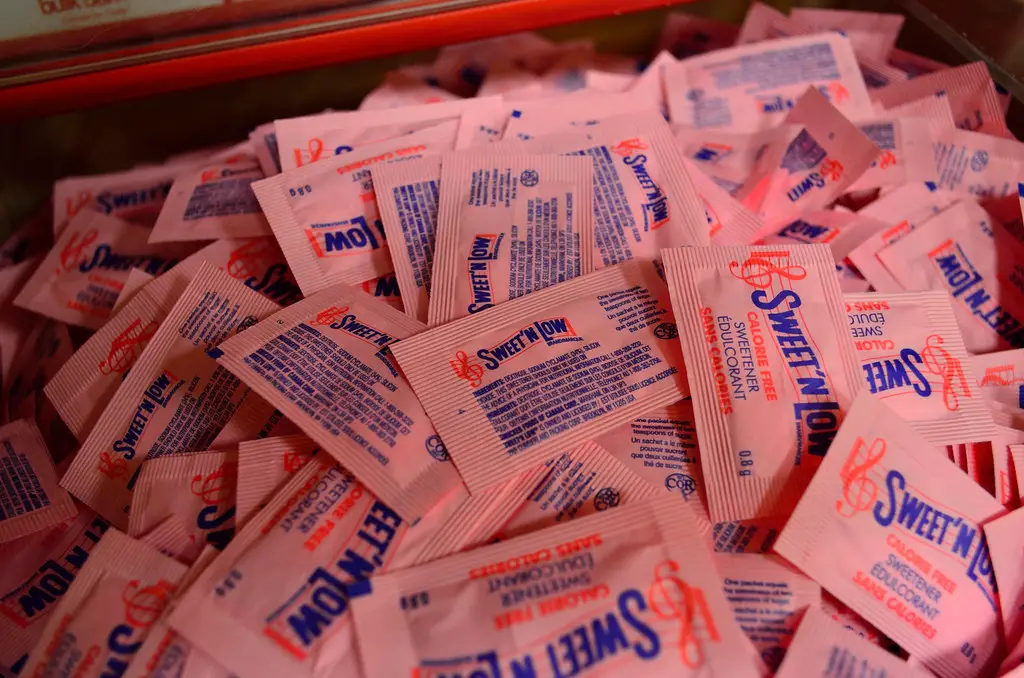
Packets of Sweet’N Low or Equal were once in nearly every kitchen, especially for calorie-conscious coffee drinkers. But preferences have changed, and many people now reach for natural sweeteners like honey, stevia, or monk fruit instead. The pink and blue packets don’t just stick out visually—they also hint at older dietary trends. They’re rarely used by Gen Z and even Millennials who favor less processed options.
Keeping them around isn’t a crime, but displaying them front-and-center in your pantry or coffee station will date the space. They’re also often kept in mismatched bowls or old containers, adding to the cluttered look. If you still use them, transfer them to a sleek jar or drawer to keep things looking tidy. Or consider phasing them out as preferences evolve.
6. Spices in Mismatched Plastic Jars
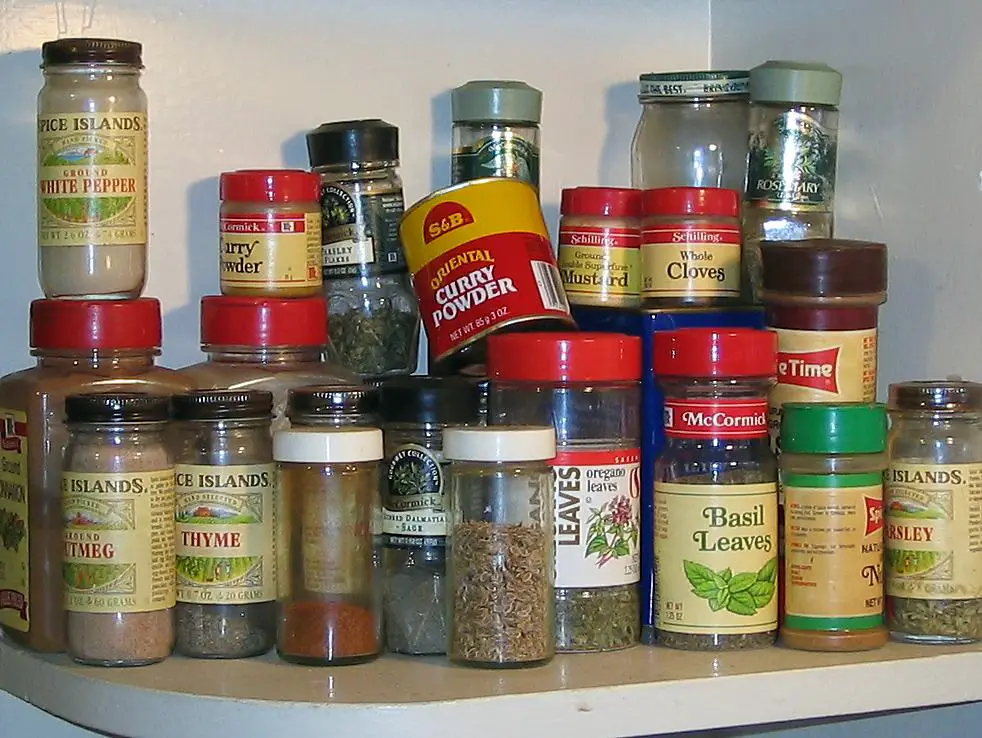
Those small plastic containers with generic labels tend to accumulate over time, especially if you’ve inherited someone else’s spice rack. The problem is, they’re rarely fresh—and they make your pantry look disorganized and dated. Ground spices lose their potency after about a year, but many people keep them much longer. A dusty jar of paprika from 2014 doesn’t do your kitchen any favors.
Modern pantries lean into clean glass jars with uniform labels or even magnetic spice racks. It’s not just about aesthetics—it’s also about knowing what’s fresh and what’s not. A tidy, updated spice system makes your pantry feel intentional and current. That outdated jumble of plastic jars? Not so much.
7. Canned Soup from a Decade Ago

Canned soup is one of those items people tend to forget about—until they move or do a deep clean. But if you’ve got cream of mushroom cans with logos or ingredient lists that haven’t been used in years, it’s time for a pantry audit. Expired soups not only age your pantry, they also pose a risk if consumed. And even if they’re still within the “safe” range, they definitely look like leftovers from another era.
Contemporary kitchens often stock shelf-stable broths or organic soups with minimal packaging. Today’s buyers and guests are much more ingredient-aware and tend to shy away from older processed foods. So those vintage-looking cans tucked in the back corner? They’re quietly working against your kitchen’s overall freshness.
8. Outdated Baking Mixes
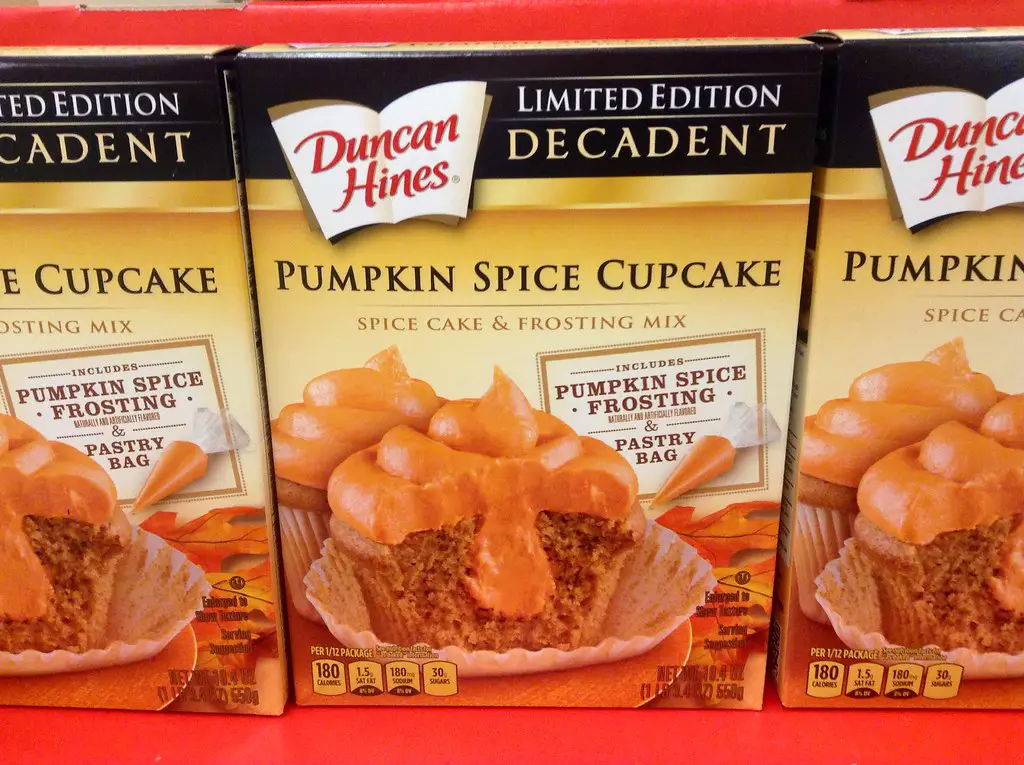
Old-school pancake or muffin mixes in worn cardboard boxes are another sneaky time marker. These mixes often get pushed to the back and forgotten, especially if baking isn’t a regular habit. But like anything with flour or leavening agents, they do expire—and their packaging tends to fade, stain, or warp over time. That makes them look older than they really are, even if they’re still technically usable.
Newer kitchens feature ingredients in labeled containers or store items in sleek bins that minimize clutter. Pre-made baking mixes also signal a very “semi-homemade” cooking style, which doesn’t align with current food trends. It’s not about shaming convenience—it’s about making your pantry feel intentional. That old Bisquick box might be better off in the bin.
9. Expired Diet Products

SlimFast cans, protein powders from 2010, or boxed “meal replacements” tend to stick around long past their prime. These products were heavily marketed in past decades, and you’ll often find them gathering dust behind newer items. They also serve as a not-so-subtle reminder of diet culture fads that many people have since outgrown. Beyond that, they usually contain outdated ingredients or additives no longer widely used.
In modern kitchens, wellness has shifted toward whole foods and sustainable nutrition. A pantry filled with protein bars instead of powders looks more current and curated. If your old supplements and diet items are expired—or just no longer align with your lifestyle—it’s probably time to clear them out. Your pantry (and your mindset) will thank you.
10. Obscure Marinades and Sauces from the Early 2000s
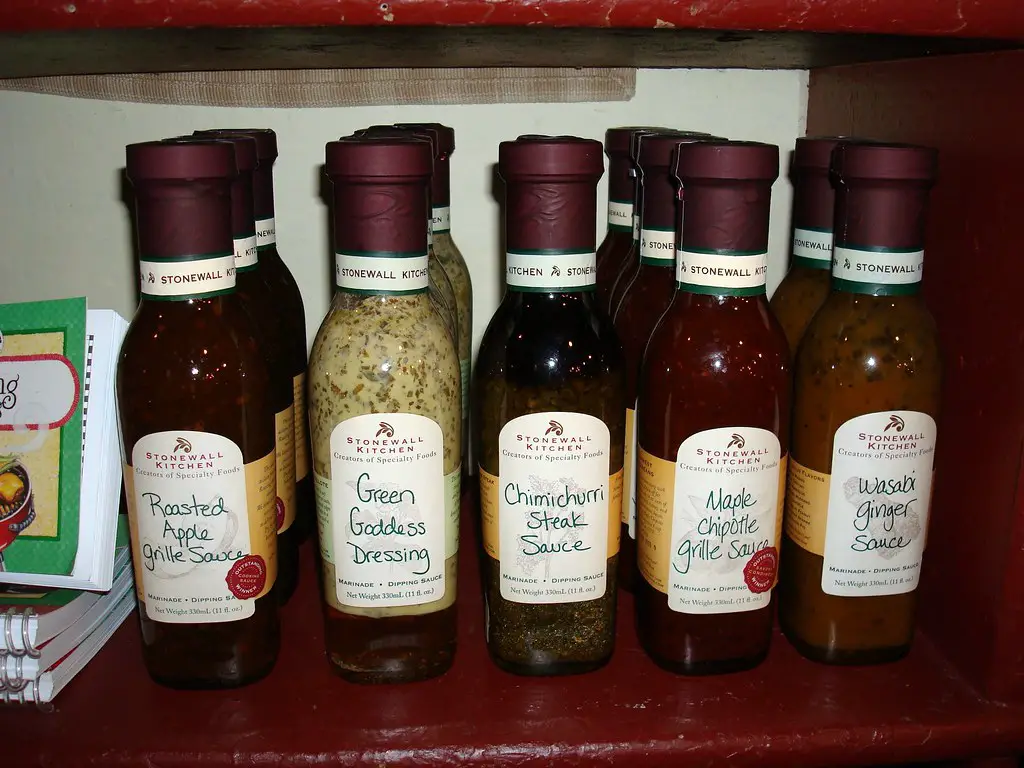
We all have that bottle of “Hawaiian Habanero Teriyaki Glaze” or “Asian Fusion BBQ Sauce” from a grocery store impulse buy. But if it’s been sitting unopened for over a decade, it’s probably more of a science experiment than a condiment. These kinds of niche marinades were trendy for a time but have since fallen out of regular rotation. They usually have high sugar content and preservatives that modern home cooks tend to avoid.
Instead of holding onto mystery sauces “just in case,” consider streamlining your condiments. Keep only the items you regularly use and love. When every bottle has a purpose and looks fresh, your pantry feels organized and up-to-date. The rest? Probably just taking up space.
11. Single-Use Appliances Hiding in the Back

Okay, technically not a pantry item—but if you’re using your pantry to store that quesadilla maker from 2004 or your hot dog toaster, it’s time to reevaluate. These novelty appliances were all the rage at one point, but they rarely get used and eat up valuable space. Their outdated design and plastic casings also visually date your storage area. Worse, they make it harder to access the items you actually need.
Modern pantries focus on efficiency and multipurpose tools. Think air fryers, immersion blenders, or compact food processors with sleek designs. If your pantry has become an appliance graveyard, it may be working against your kitchen’s appeal. Clear it out to make space—and maybe donate what still works.
12. Worn or Old Contact Paper

That floral contact paper on your pantry shelves may have been stylish in 1998—but now it’s likely peeling, stained, or just plain dated. Shelf liners are one of those things people forget to update, even during major kitchen overhauls. But they play a subtle role in the overall vibe of the space. If they’re old or grimy, they’ll make everything else feel that way, too.
Replacing them is an easy win. Modern options include sleek, minimalist liners in clear, white, or muted tones. They’re also easier to clean and more resistant to stains. A small update that can quietly elevate your whole pantry’s appearance.
